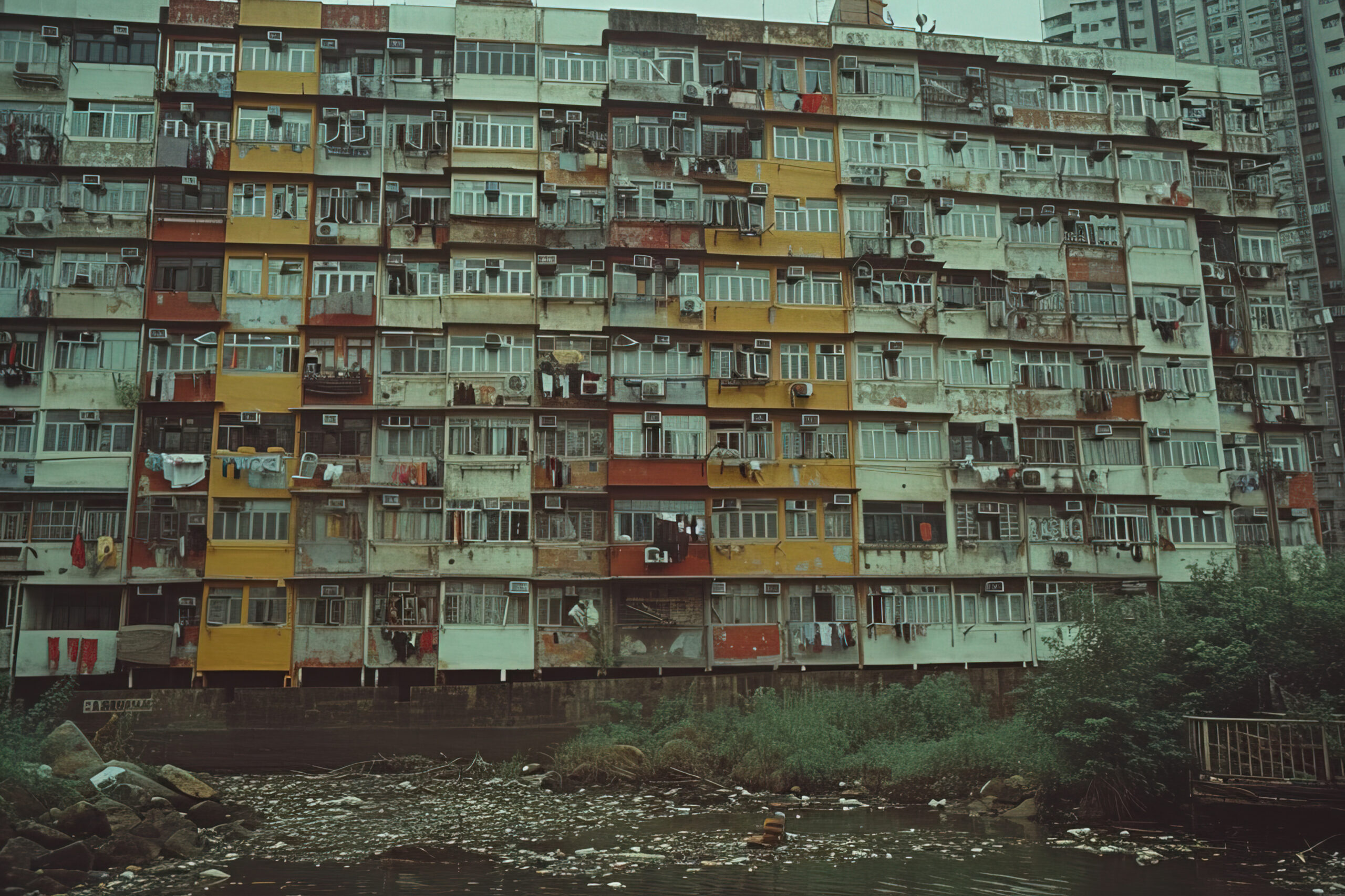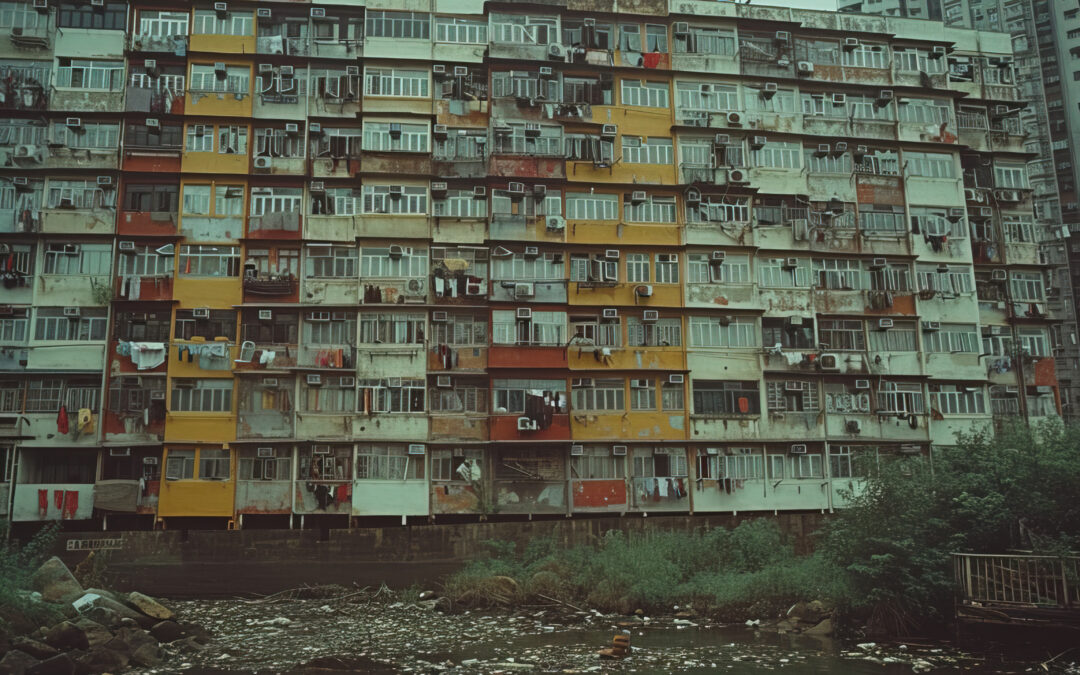
Designed by Freepik
Nestled in the heart of Mumbai, Dharavi is one of the biggest slums in the world. Also known as Asia’s largest slum, it is a labyrinth of narrow alleys, bustling markets, and makeshift homes, where over a million people live in a space of less than three square kilometers approximately. To an outsider, Dharavi might seem like a place of overwhelming poverty, unsanitary conditions, and dilapidated homes. However, a closer look reveals a vibrant community characterized by resilience, strength, and hope.
Dharavi is a vibrant melting pot of cultures, where approximately 60% of the residents are Hindus, 33% are Muslims, and 6% are Christians, each community living in its districts, complete with temples, mosques, and churches. This diversity is valuable in Dharavi, where various languages, traditions, and cuisines coexist harmoniously. Despite the cramped and often challenging living conditions, a strong sense of community binds the people of Dharavi together.
Dharavi is also bustling with entrepreneurial activity. Small-scale industries, such as pottery, leather goods, textiles, and recycling, flourish alongside some potential illegal businesses. Altogether, these enterprises generate an estimated annual turnover of over $1 billion, making Dharavi an economic powerhouse.
Education is a beacon of hope in Dharavi. Numerous non-governmental organizations (NGOs) and local initiatives work tirelessly to provide children and young adults with educational opportunities. Schools and vocational training centers dot the slum, offering a pathway to a brighter future. The eagerness of Dharavi’s youth to learn and grow underscores the community’s unwavering belief in the transformative power of education.
However, life in Dharavi is not without its challenges. The slum faces issues such as inadequate sanitation, lack of clean water, and limited access to healthcare. Many live in small, poorly constructed homes made of flimsy, highly flammable materials. Due to the heat wave this year in India, it has become more difficult to live. Basic amenities are scarce, forcing more than 70% to rely on communal toilets that are overcrowded and unsanitary. This lack of proper sanitation facilities leads to frequent outbreaks of cholera, tuberculosis, and dengue fever. Additionally, until the last few years, Dharavi’s waste management system was inadequate, increasing health risks. However, of late, individual waste collectors known as ragpickers operate in local areas and collect waste off the street, beaches, public garbage bins and even from municipal landfills. Often walking 15-20 kms, they end up collecting 40 to 50 kgs of waste daily. This has greatly changed the environment around.
Over the years, many leaders and businessmen have tried to transform or eradicate Dharavi, but they have been unsuccessful. A friend recently mentioned that her father is leading a project aimed at transforming the Dharavi slum into a “mini Singapore,” complete with clean roads and towering skyscrapers. While this sounds like an impressive solution, is it really our place to create the future of Dharavi? The people already living there demonstrate resilience daily, often even finding happiness without the luxuries we observe in places like Singapore. Isn’t there a lesson in that for all of us?
Dharavi’s story is one of contrasts: it is a place where hardship meets hope, and poverty lives symbiotically with pursuit. It is a living testament to the human spirit’s ability to thrive in unlikely circumstances and speaks volumes about our capacity to adapt. It is true that poverty brings with it many challenges that need to be overcome for everyone to live a dignified life. It is also true that those finding themselves in poverty are already dignified in their own right and find ways everyday to foster community, access education and better their lives. Instead of trying to define their future for them, let’s empower them in their rising to co-create the future they want for their own communities.

